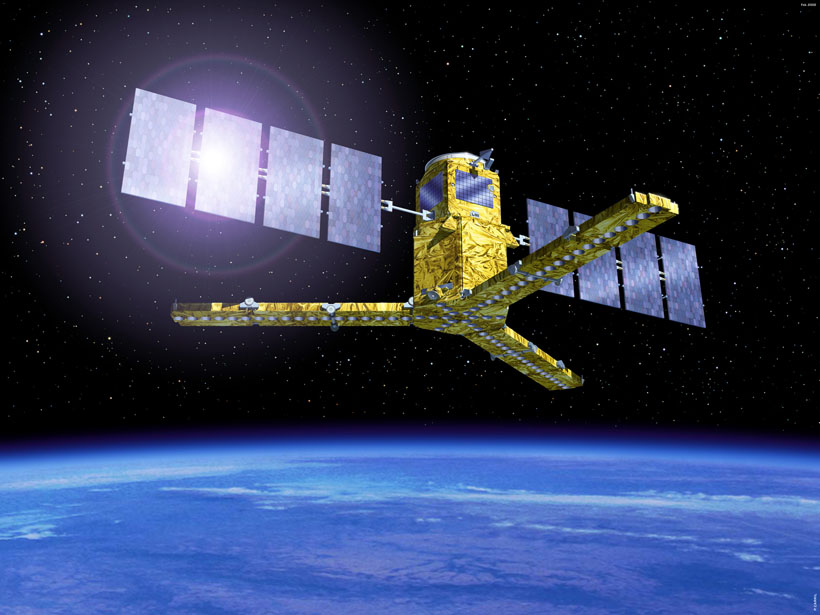Source: Space Weather
Flores‐Soriano et al. [2021] provide a wonderful example of the old adage that noise in an instrument used by one group of scientists is a signal that other scientists can exploit. This is an important issue for space weather because many space weather phenomena can interfere with instrument sensors designed for other purposes. For example, solar radio bursts can interfere with radio receivers, as discussed in this manuscript, whilst another modern example is suprathermal protons in near-Earth space adding noise to sensors on X-ray astronomy missions.
In this manuscript the authors show how radio frequency (1.4 GHz) observations from ESA’s Soil Moisture and Ocean Salinity (SMOS) mission can also be used to monitor solar radio bursts on a 24/7 basis (as SMOS is in a Sun-synchronous orbit). The authors explore how to extract data specific to solar radio bursts and apply these for use in space weather studies, for example to characterize CME launches, potentially complementing optical observations of those launches. It is a great example of how we can expand our global set of space weather observations by working with scientists in other disciplines.
Citation: Flores‐Soriano, M., Cid, C., & Crapolicchio, R. [2021]. Validation of the SMOS mission for space weather operations: The potential of near real‐time solar observation at 1.4 GHz. Space Weather, 19, e2020SW002649. https://doi.org/10.1029/2020SW002649
―Michael A. Hapgood, Editor, Space Weather
Text © 2021. The authors. CC BY-NC-ND 3.0
Except where otherwise noted, images are subject to copyright. Any reuse without express permission from the copyright owner is prohibited.

